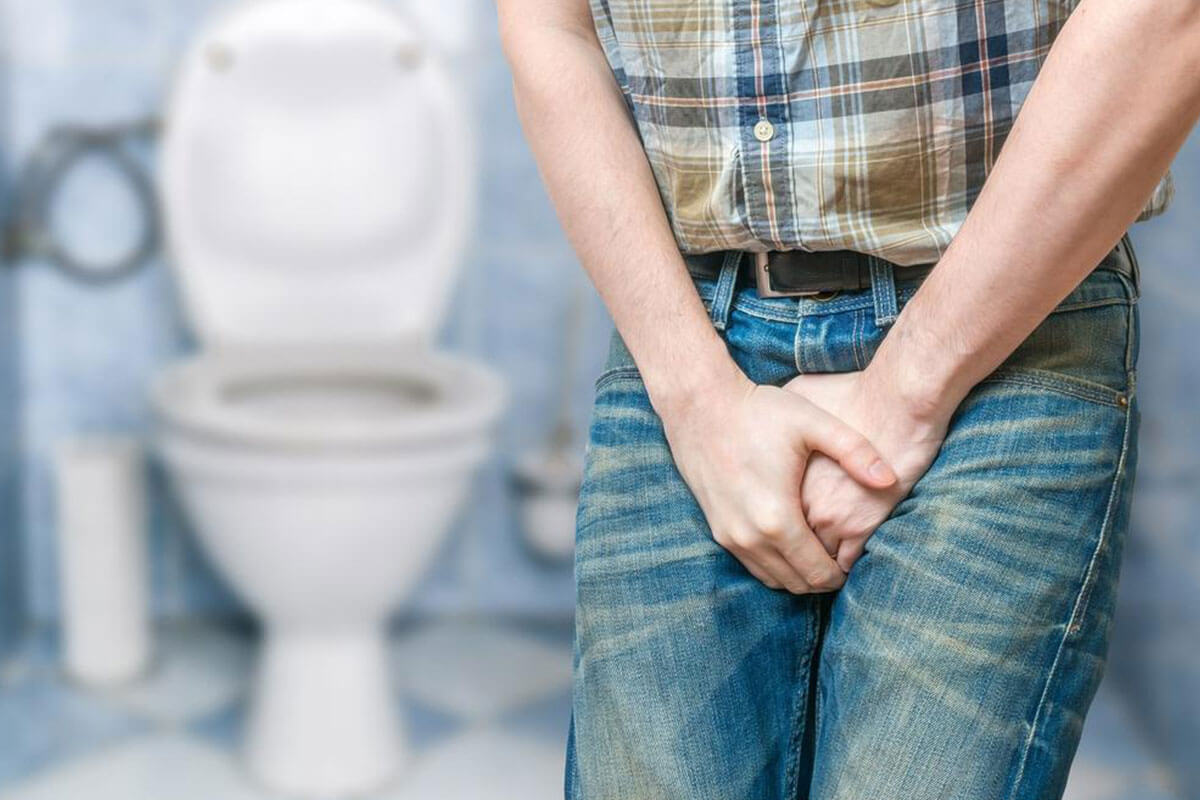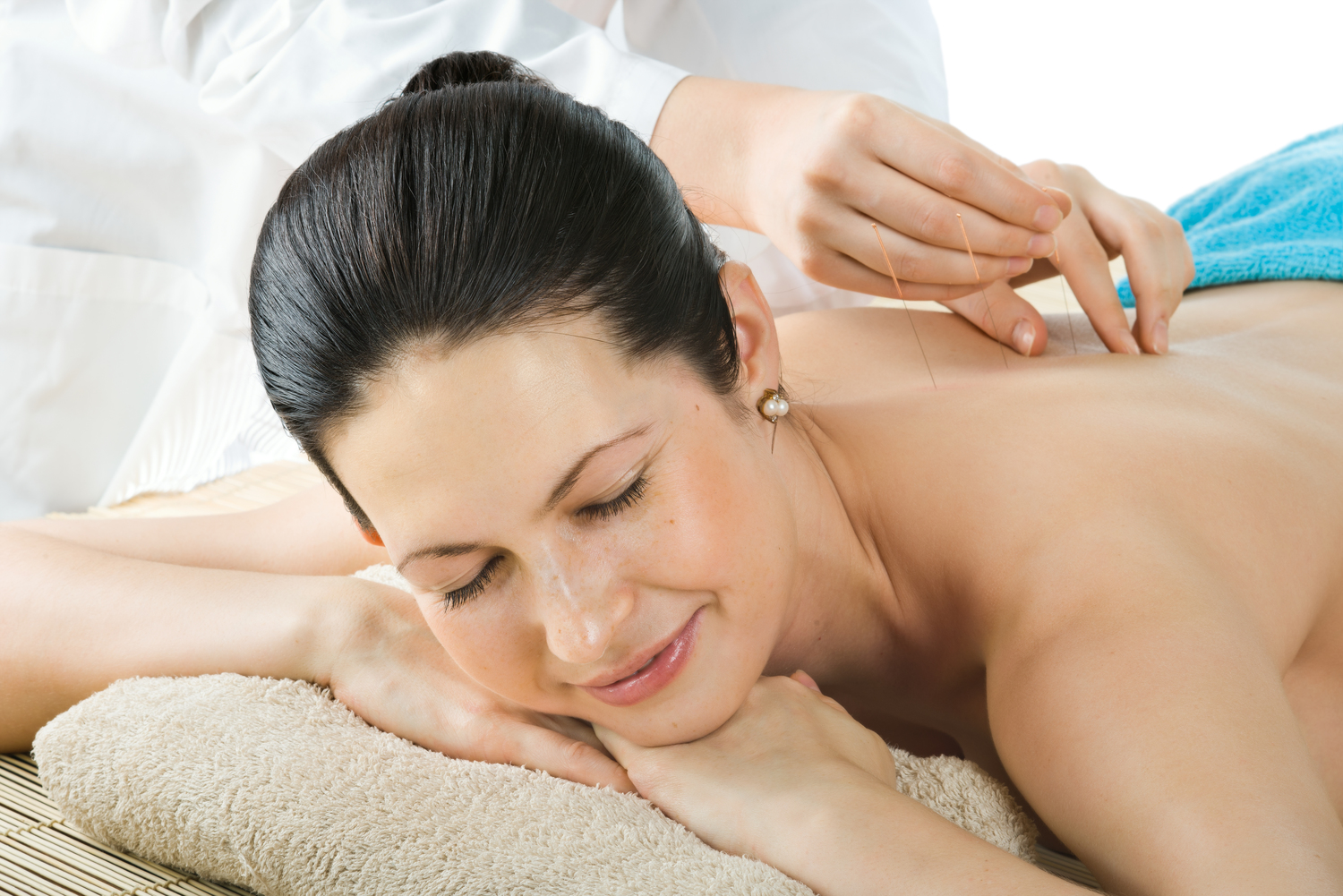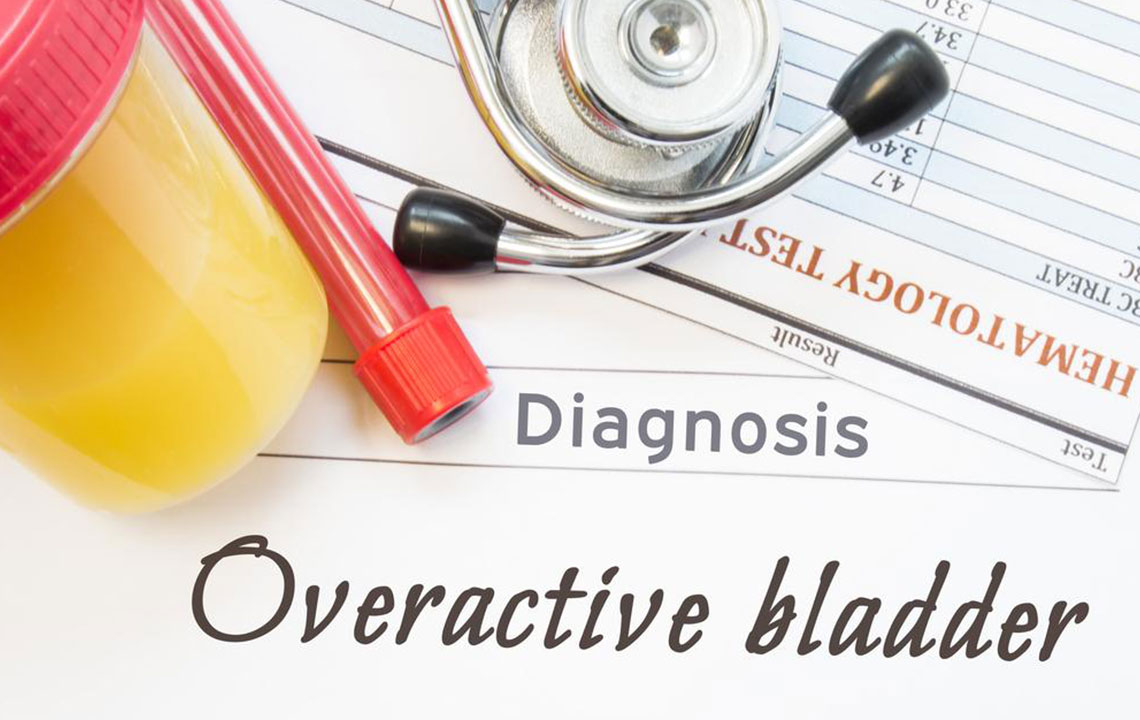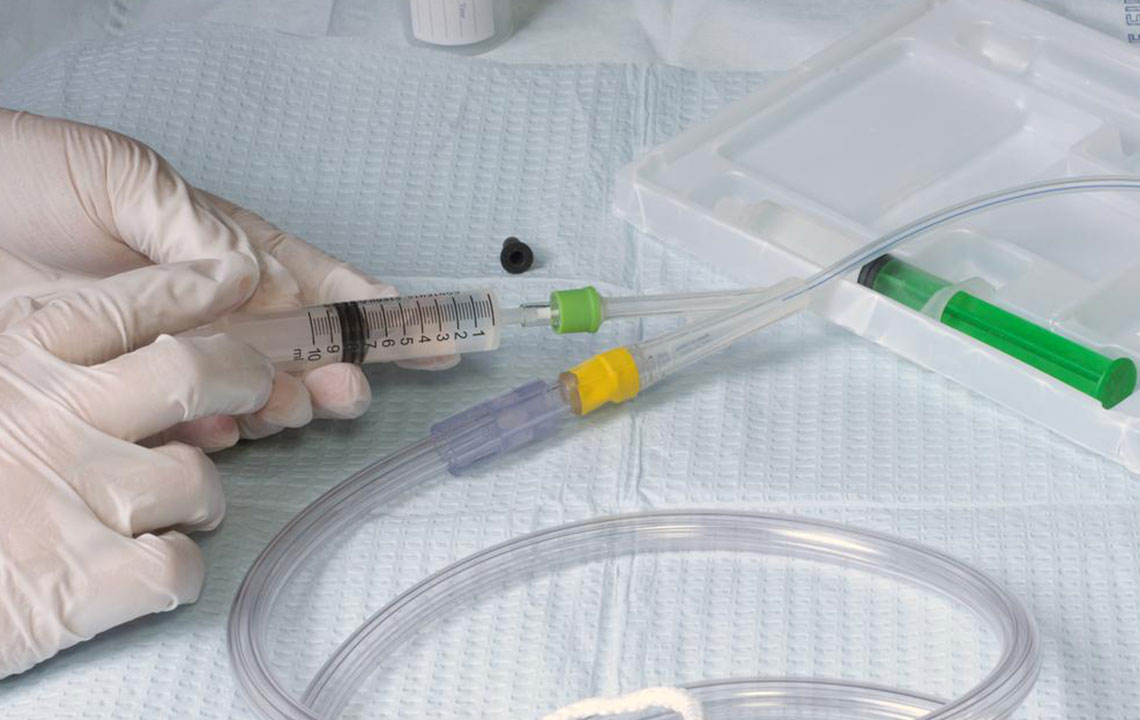Comprehensive Guide to Managing Overactive Bladder Effectively
This detailed guide explores effective strategies for managing overactive bladder, including lifestyle changes, medications, physical therapies, and herbal remedies. By understanding causes, symptoms, and treatment options, individuals can improve their quality of life and regain control over urinary urgency and leakage. Personalized approaches and natural therapies offer promising relief for those suffering from OAB, emphasizing holistic health and proactive management. This comprehensive article provides valuable insights into overcoming the challenges of overactive bladder for better daily living.

Comprehensive Strategies for Managing Overactive Bladder
An overactive bladder (OAB) is a condition characterized by a sudden, urgent need to urinate, often resulting in involuntary urine leakage and frequent trips to the bathroom. This condition can significantly impact daily routines, social activities, and overall quality of life. While it can be caused by underlying health issues or occur independently, the good news is that many effective management strategies are available to help individuals regain control and reduce symptoms.
Understanding Overactive Bladder (OAB)
OAB is diagnosed when a person experiences a higher-than-normal frequency of urination—generally more than eight times within a 24-hour period—and feelings of urgency that are difficult to suppress. If untreated, OAB can lead to embarrassment, social withdrawal, and decreased participation in daily activities. It affects people of all ages but is particularly common among the elderly due to age-related changes in bladder function.
Fortunately, a combination of lifestyle modifications, medical interventions, herbal remedies, and behavioral therapies can be highly effective in managing OAB symptoms. With proper diagnosis and tailored treatment plans, many individuals can experience significant symptom relief and an improved quality of life.
Causes and Risk Factors of Overactive Bladder
Underlying Health Conditions: Chronic illnesses such as diabetes, Parkinson’s disease, multiple sclerosis, and kidney problems can contribute to bladder overactivity. These conditions often affect nerve signals or muscle control in the urinary system.
Age-Related Changes: The natural aging process leads to muscle weakening, including those supporting the bladder and pelvic floor, increasing vulnerability to OAB, particularly after age 60.
Hormonal Fluctuations: Menopause results in decreased estrogen levels, which can weaken pelvic tissues and lead to incontinence or urgency issues in women.
Pelvic Muscle Weakness: Damage or weakening of the pelvic floor muscles—due to childbirth, surgery, or pelvic trauma—can distort bladder function and control.
Urinary Tract Infections (UTIs): UTIs can irritate the bladder lining, prompting sudden urges and increased frequency.
In some cases, OAB may occur without a clearly identifiable cause, making it an even more challenging condition to diagnose and treat effectively.
Recognizing the Signs and Symptoms of OAB
Frequent urge to urinate during the day and at night, often more than eight times in 24 hours
Sudden and intense urge to urinate that is difficult to ignore
Urinary leakage or incontinence episodes
Feeling of incomplete bladder emptying after urination
Sudden, uncontrollable urges that disrupt daily activities or sleep
These symptoms can be both physically uncomfortable and emotionally distressing, leading to embarrassment and social anxiety.
Impact of Overactive Bladder on Daily LifeFor individuals suffering from OAB, the condition can profoundly affect their physical, emotional, and social well-being. Many experience a persistent sense of discomfort, fear of accidents, and embarrassment, which can result in social withdrawal and decreased participation in daily activities. Anxiety about finding restroom facilities or potential accidents can lead to avoidance of travel, social gatherings, or even routine outings and family interactions. Over time, this can lead to feelings of isolation, depression, and decreased overall quality of life.
Managing overactive bladder requires a multidisciplinary approach, combining medical treatments, behavioral therapies, lifestyle adjustments, and natural remedies. Each person’s experience with OAB varies, so optimal management involves personalized strategies designed to address individual symptoms and underlying causes.
Medical and Pharmacological Treatment Options
The primary medical treatments for OAB include medications and, in severe cases, minimally invasive procedures:
Medications: Anticholinergic drugs—such as oxybutynin, tolterodine, and solifenacin—are commonly prescribed to relax bladder muscles, increase bladder capacity, and reduce urgency and frequency.
Beta-3 Adrenergic Agonists: Such as mirabegron, these medications help relax the bladder muscle and are generally well tolerated.
Botox Injections: For refractory or severe cases, Botox can be injected directly into the bladder wall to reduce muscle overactivity. However, this treatment may cause side effects like urinary retention or infections.
Surgical Interventions: In rare and persistent cases, procedures like bladder augmentation or nerve stimulation (sacral neuromodulation) might be considered.
While medications provide significant symptom relief, they may also come with side effects. Therefore, a careful evaluation by a healthcare professional is essential for selecting the most appropriate therapy.
Behavioral and Physical Therapies for Better Control
Behavior modification and physical exercises play a crucial role in managing OAB. Among these, pelvic floor exercises—commonly known as Kegel exercises—are particularly effective in strengthening the pelvic muscles that support the bladder and urethra.
To perform Kegel exercises correctly:
Identify your pelvic muscles by stopping urination midstream.
Contract these muscles and hold the contraction for 5 to 10 seconds.
Relax for an equal duration.
Repeat this cycle at least 10-15 times daily.
Deep breathing techniques and mindfulness can enhance the effectiveness of these exercises, helping to improve muscle control over time. Additionally, bladder training—gradually increasing the interval between bathroom visits—can help condition the bladder to hold urine longer, reducing urgency and leakage episodes.
Planning bathroom schedules and mentally delaying urination can train the bladder to adapt, improving overall control.
Lifestyle adjustments are also vital; quitting smoking to reduce cough-related bladder pressure, avoiding bladder irritants such as caffeine, spicy foods, alcohol, and artificial sweeteners, and managing fluid intake are critical steps in symptom management.
Natural and Alternative Remedies
Various natural therapies and herbal treatments have shown promise in supporting bladder health and control. Acupuncture, for instance, may stimulate nerve pathways to improve bladder function. Some herbal supplements—such as Gosha-Jinki-Gan, Ganoderma lucidum (reishi mushroom), and corn silk—are traditionally used to promote pelvic health and reduce urinary symptoms.
Capsaicin, derived from chili peppers, can desensitize bladder nerves, increasing capacity and reducing urgency. Ginseng and nettle extracts possess anti-diuretic properties, helping decrease frequent urination. Supplements like soy isoflavones and dandelion root are believed to strengthen pelvic muscles and improve urinary control.
Dietary Strategies to Support Bladder Health
Nutrition plays a vital role in managing OAB. Incorporating magnesium-rich foods such as bananas, sweet potatoes, and corn can help regulate nerve and muscle functions. Ensuring sufficient vitamin D intake—obtained through sun exposure and foods like eggs, fatty fish, and fortified dairy—can strengthen pelvic tissues and improve bladder support. Staying well-hydrated but avoiding excessive fluid intake is crucial; small, consistent amounts of water throughout the day prevent irritation and help maintain balance.
By adopting a comprehensive management plan that combines medication, behavioral therapy, lifestyle modifications, herbal remedies, and dietary improvements, many individuals affected by OAB can achieve better control over their symptoms. Consulting healthcare providers for personalized strategies is highly recommended for effective management.





